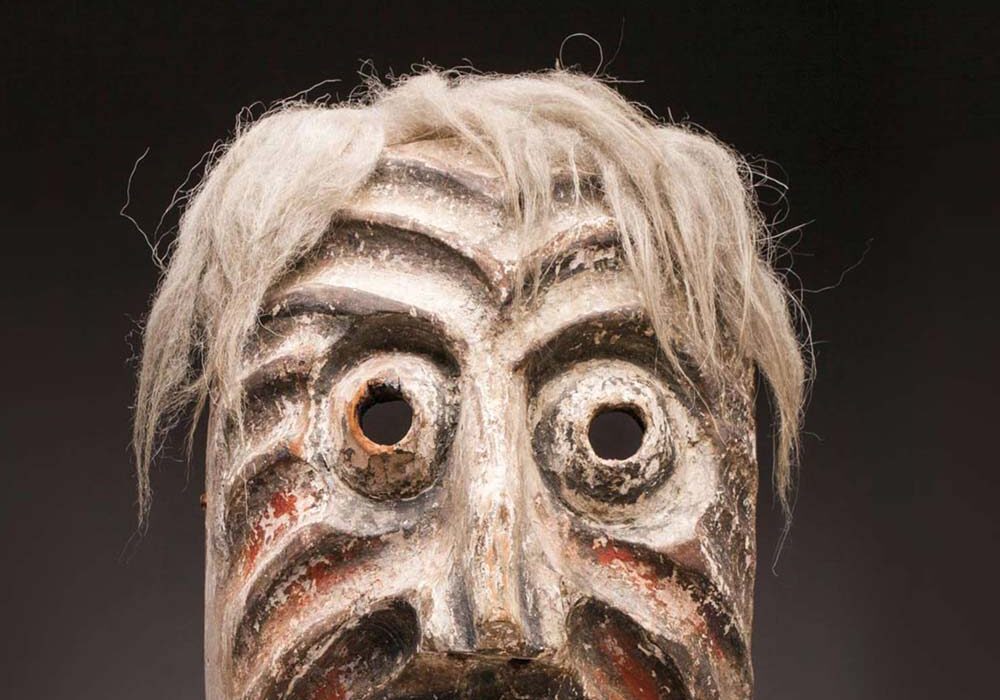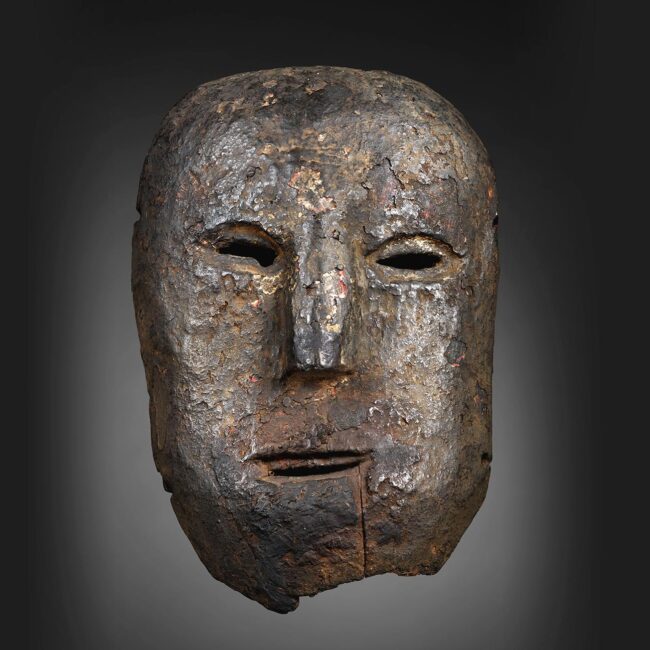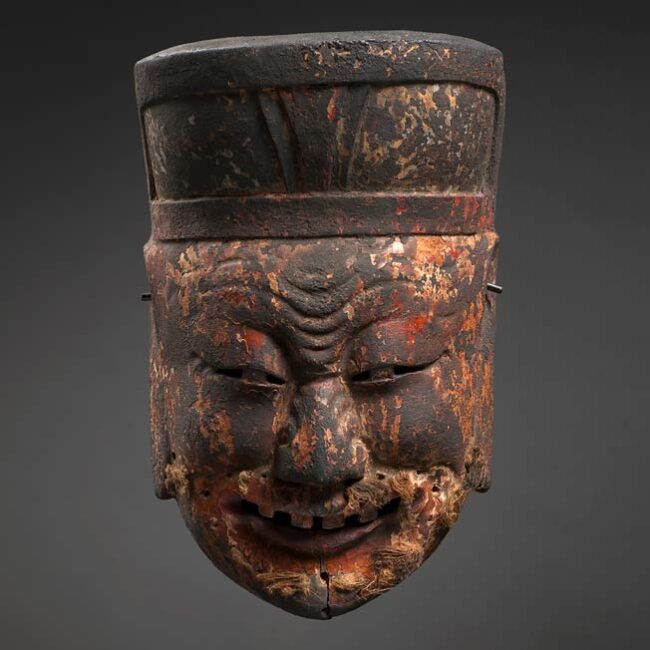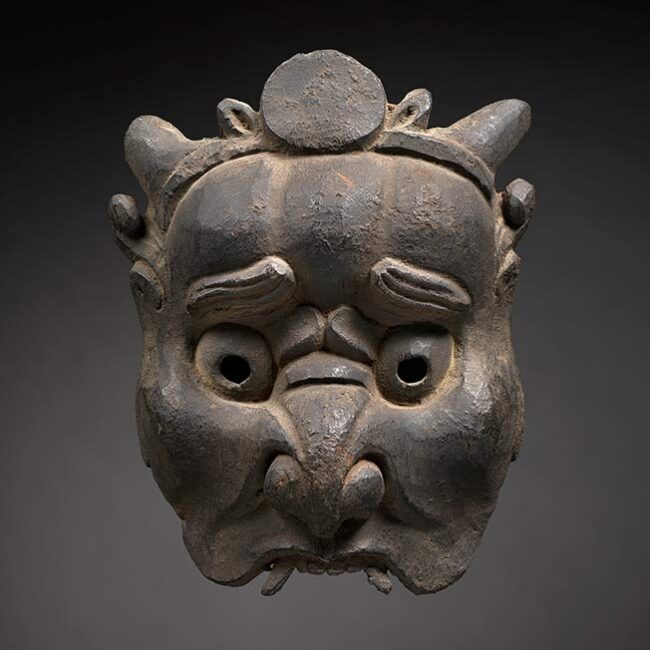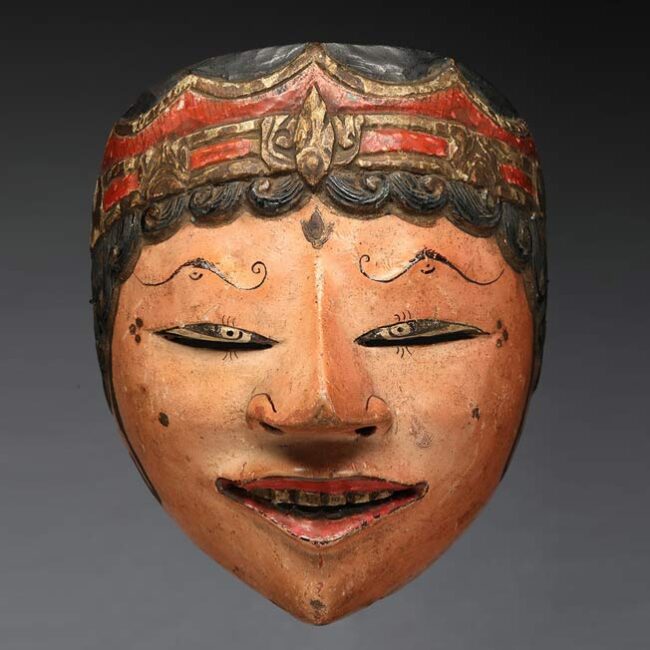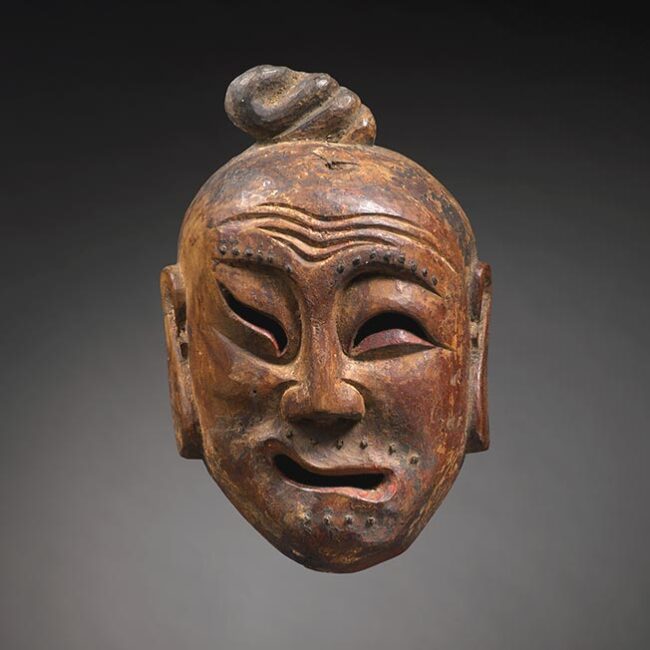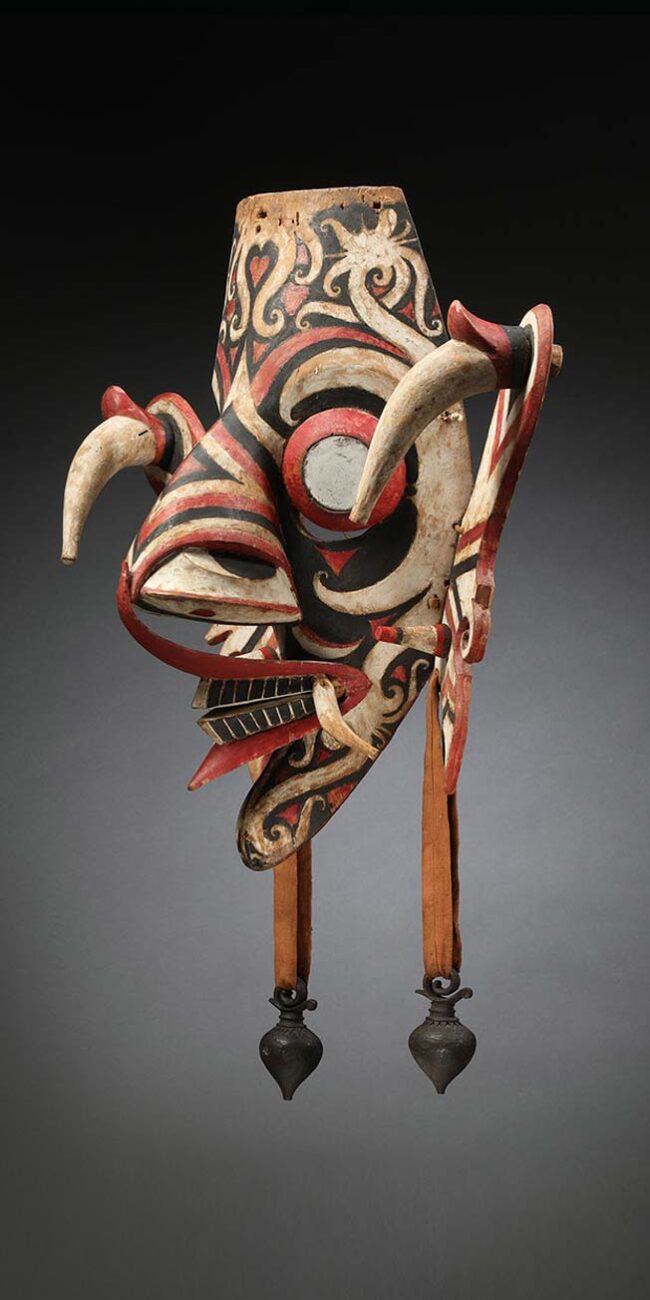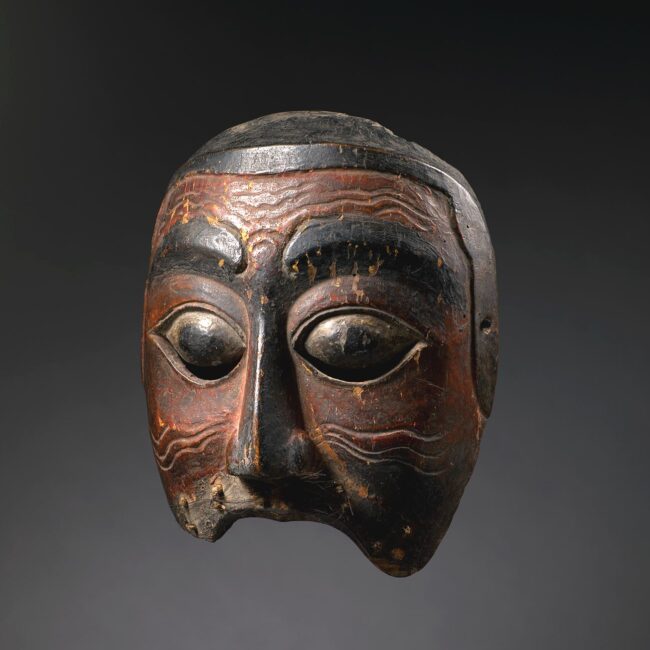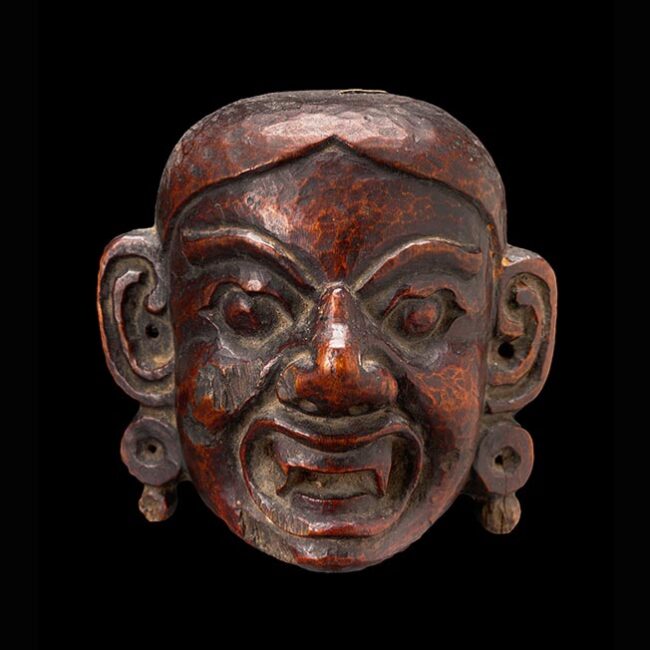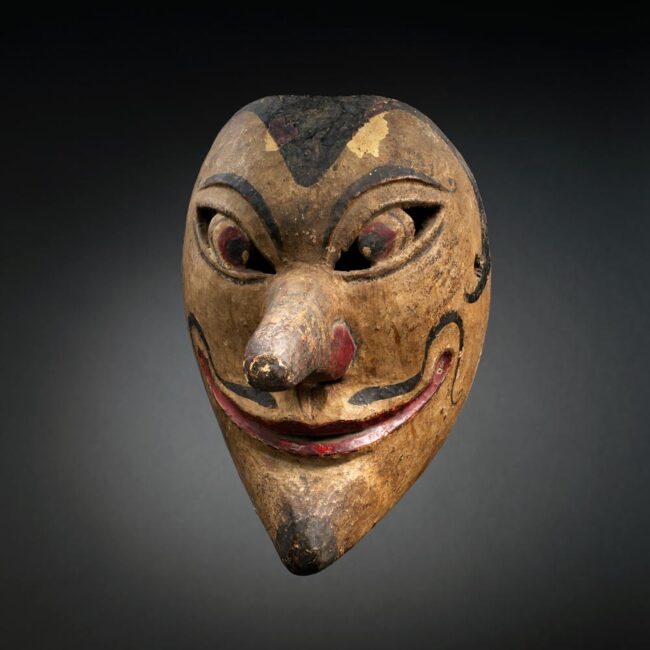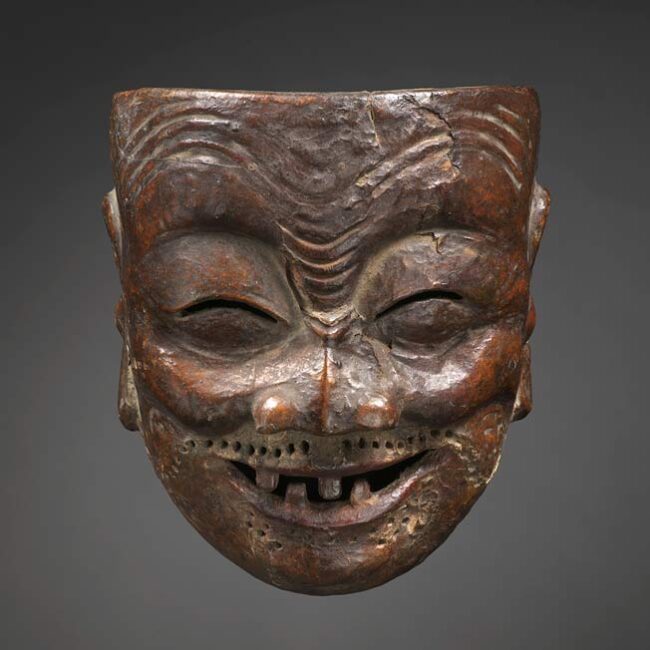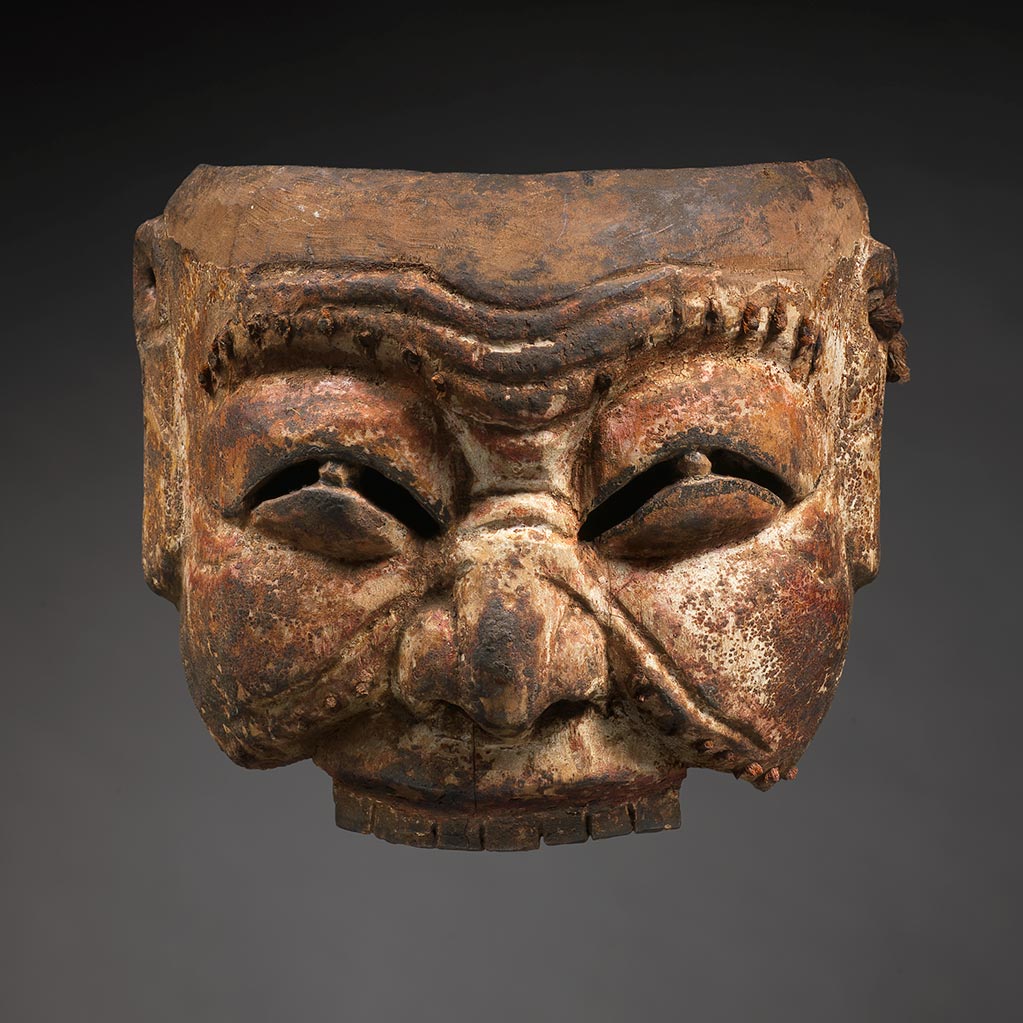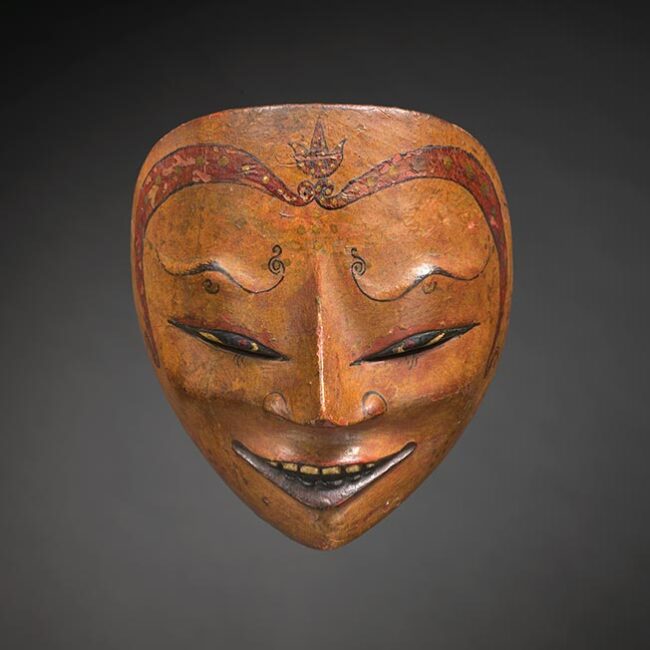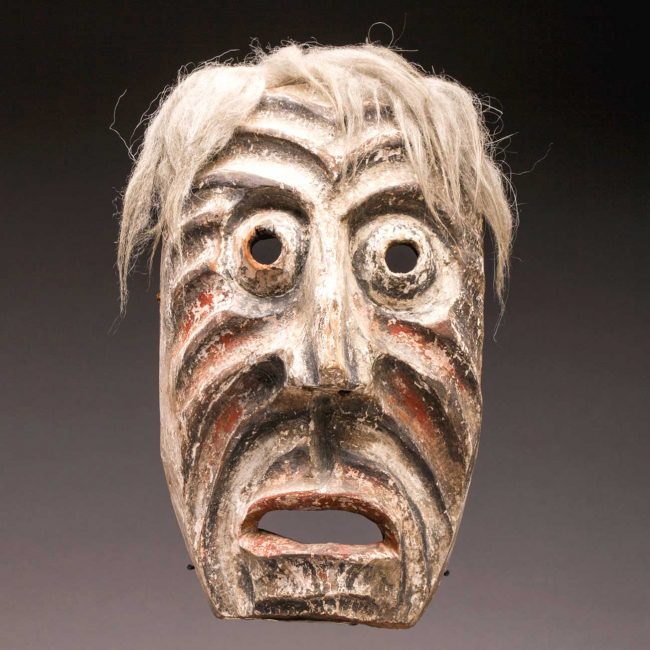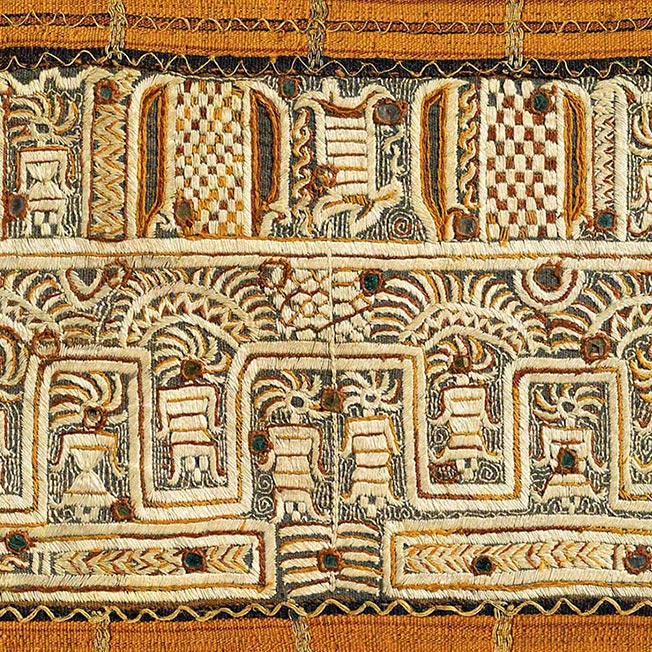Transformation Masks
It has been fashionable of late to access the merits of tribal art in a decontextualized manner. We often use a language of connoisseurship to assign aesthetic value to a ritual object now defined as a work of art.
This, despite the fact that when it was created such criterion may never have been remotely considered. Instead, indigenous ideals of beauty based on ancestral traditions and iconic efficacy would have been more important.
To this end, an art brut mask may be more effective in ceremonies than a conventionally pretty mask and therefore be handed down for more generations and develop a deep patina as a result.
It is one of the great aspects, for example of masks of Nepal’s Middle Hills, that they can with their often tough chaotic visage turn our sense of aesthetics upside down. This is a good thing; we need that!
The decontextualized approach mentioned above has extended our appreciation of tribal art in the sense that it has brought much of it into the mainstream, but thankfully the animistic masks of Tribal Asia still have not been codified. We have the chance to bring our own taste to a discussion where there are no wrong answers.
This exhibition took place at the entrance of the San Francisco Tribal Art Fair at Fort Mason Festival Pavilion.
We present here a sampling of masks from the Himalayas and Indonesia that was presented along with contemporary works from the “Shamanic Mask Series” by sculptor Mort Golub that shared common themes of animism and transformation.


